Part 107 Training
American Air Operations offers training to prepare for the Federal Aviation Administration's (FAA) Unmanned Aircraft General - Small (UAG) aeronautical knowledge exam. Those who pass the FAA's exam will receive a Remote Pilot Certificate and can fly for non-recreation purposes. In-person drone system and flight training courses are also offered. American Air Operations will teach you everything you need to know to pass the two-hour, 60 question exam.
American Air Operations is a national leader in public safety and government drone training. Training for the general public is also available.
Since 2018, American Air Operations has proudly trained professionals from 195 agencies (federal, state, county, local, tribal, and college/university) and companies in Alabama, Arkansas, California, Florida, Illinois, Maryland, Michigan, Minnesota, Nebraska, Nevada, New Mexico, Ohio, South Carolina, Tennessee, Texas, and Virginia.
For more information, or to schedule training, please call (248) 655-7766 or e-mail us.
The following is an overview of the topics that are covered in detail during the Part 107 training offered by American Air Operations:
FEDERAL AVIATION REGULATIONS
Part 107 Overview
Definitions
Inspection, Testing, and Demonstration of Compliance
Accident Reporting
Requirement for a Remote Pilot Certificate with a Small UAS Rating
Address Requirements
Aircraft Registration
Condition for Safe Operation
Remote Pilot-In-Command
Hazardous Operations
Moving Operations
Operation at Night
Visual Line of Sight
Visual Observer
Operation of Multiple Small Unmanned Aircraft
Carriage of Hazardous Material
Operation Near Aircraft; Right-of-Way Rules
Operation Over Human Beings and Categories
Operating Limitations
ATC Transponder Equipment Prohibition
Knowledge Recency
Waivers
AERONAUTICAL CHARTS
Navigation Overview
Types of Altitude
Converting Decimal Degrees to Decimal Minutes
Types of Charts and Interpretation
AIRSPACE CLASSIFICATION, OPERATING REQUIREMENTS, AND FLIGHT RESTRICTIONS
National Airspace System
Airspace Categories
Visual Flight Rules
Instrument Flight Rules
Airspace Classifications
Controlled Airspace
Uncontrolled Airspace
Special Use Airspace
Prohibited, Restricted, Warning, Alert, Military Operations, and Controlled Firing Areas
Notice to Airman (NOTAM)
Temporary Flight Restrictions (TFRs)
Other Airspace and Areas
AIRPORT OPERATIONS
Preventing Interference
Types of Airports
Runways
Air Traffic Patterns
Right of Way and Scanning
Sources of Airport Data
RADIO COMMUNICATIONS
Towered Airport Communications
ATIS
Non-Towered Airport Communications
Self-Announce Procedures
CTAF, UNICOM, MULTICOM
Radio Technique
Phonetic Alphabet
Time and Figures
NIGHT OPERATIONS AND PHYSIOLOGY
Requirements
Site Assessment and Proper Illumination
Anti-Collision Lighting
Aircraft Orientation
Aircraft Sensors
Night Illusions
Night Physiology
Off-Center Viewing
AVIATION WEATHER
Weather Overview
Atmospheric Pressure
Air Density
Density Altitude
Air Characteristics
Temperature Inversion
Air Masses
Fronts
Cloud Types
Stages of Thunderstorms
Dangers to Flight
Wind, Wind Shears, and Microbursts
Weather Sources, Decoding, and Planning
PHYSIOLOGICAL FACTORS AFFECTING PILOT PERFORMANCE
Stress
Fatigue
Dehydration
Heat Stroke
Hyperventilation
Vision Impairment
Impact of Drugs & Alcohol
Determining Fitness for Flight
MAINTENANCE AND PREFLIGHT INSPECTION PROCEDURES
Scheduled and Unscheduled Maintenance
Preflight Inspection
Record Keeping
FAA Inspection & Testing
CREW RESOURCE MANAGEMENT AND AERONAUTICAL DECISION MAKING
Aeronautical Decision Making
Risk Management
Crew Resource Management
Crew Coordination
Hazardous Attitudes
SUAS LOADING AND PERFORMANCE
Basic Aerodynamics
Weight & Balance
Stability and Control
Center of Gravity
FLIGHT HAZARDS AND EMERGENCY PROCEDURES
Flight Hazards and Emergencies
Reporting In-Flight Emergencies
Emergency Communications
EXAM INFORMATION AND REVIEW
Exam Requirements and Registration
Applying for an Airman Certificate with a sUAS Rating
Exam Review
